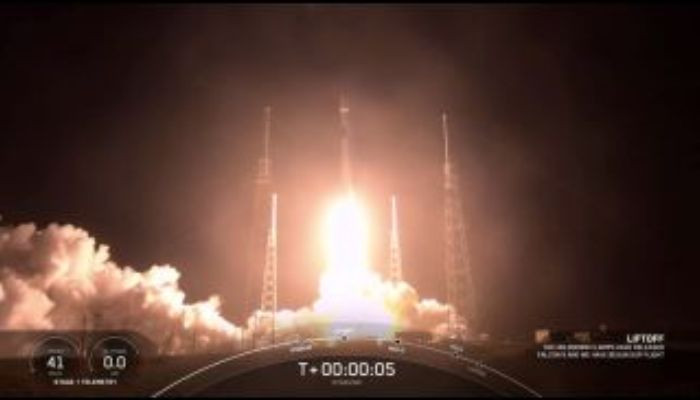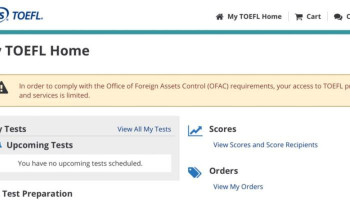SpaceX launches 60 new Starlink satellites to orbit, nails rocket landing at sea
 A SpaceX Falcon 9 rocket lit up the predawn sky early this morning (March 11) as it carried a new batch of 60 Starlink internet satellites into orbit, before nailing its landing on a floating platform at sea. This latest liftoff marked SpaceX's seventh mission of 2021 and the company's 21st 60-satellite Starlink launch overall. It starred one of the better known Falcon 9 first stages in the fleet — B1058. The veteran launcher also delivered a cargo Dragon spacecraft to the ISS, a communications satellite for South Korea's military and the most satellites ever launched on a single mission (Transporter-1). Today, B1058 carried its second stack of Starlink satellites. The predawn spectacle marked the 110th overall flight of a Falcon 9 rocket and the 56th reflight of a Falcon 9 first stage. It was the sixth mission for this particular booster, and SpaceX set a new record for fastest turnaround time for a rocket with this many flights under its belt. B1058 last flew on Jan. 24, and it blasted off again from the same launch pad this morning, just 45 days later; the previous record for such a veteran booster was 59 days.
|

Trump Administration Live Updates: President Threatens Harvard’s Tax Status, Escalating Funding Dispute
436515.04.2025, 19:03
Almost 500 schools in Gaza Strip come under fire
368913.08.2024, 11:00
''I have received an alert from our forcibly displaced young compatriots''. Tovmasyan
361107.11.2023, 11:24
LinkedIn bans ‘wonder kid’ SpaceX engineer, 14, hired by Elon Musk
1233817.06.2023, 17:36
Russians Banned From TOEFL English Language Exam
1749002.08.2022, 22:00
Ukraine bans book imports from Russia, Belarus
1617219.06.2022, 18:18
